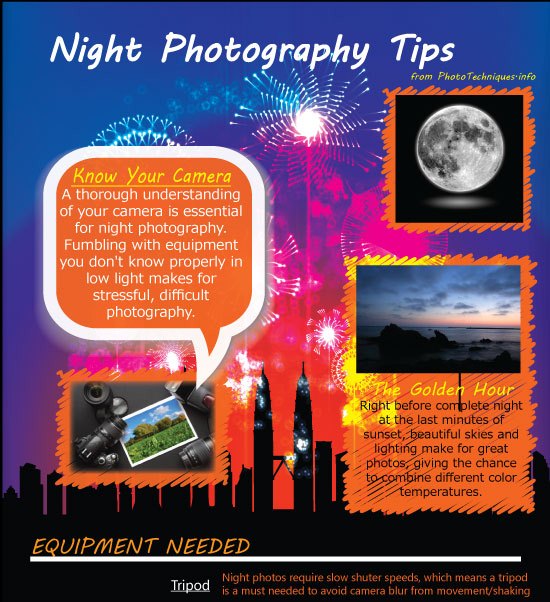Photography Tips For Beginners: Understanding Your Video Camera In A Snap
Photography Tips For Beginners: Understanding Your Video Camera In A Snap
Blog Article
Produced By-Ballard Bryant
When you first grab your video camera, it can really feel overwhelming with all the settings and options offered. You could find yourself questioning just how to browse aperture, shutter rate, and ISO successfully. Grasping these principles is critical, but there's more to digital photography than just technical knowledge. Understanding composition strategies and illumination conditions can elevate your pictures significantly. So, suppose you could learn simple methods to improve your skills and begin catching impressive photos quicker than you think? Let's check out exactly how to transform your photography trip.
Comprehending Camera Settings
Comprehending your camera settings is critical for capturing sensational pictures. When you pick up your video camera, familiarize yourself with the 3 major setups: aperture, shutter rate, and ISO. Each plays a crucial function in exactly how your photos turn out.
Start with aperture, which manages the quantity of light entering the lens. A bigger aperture (reduced f-number) lets in extra light and develops a gorgeous background blur, excellent for pictures. Conversely, a narrower aperture (greater f-number) maintains even more of the scene in emphasis, ideal for landscapes.
Next, focus on shutter rate. This setting establishes for how long your electronic camera's sensor is revealed to light. A rapid shutter speed ices up motion, which is terrific for activity shots, while a slow-moving shutter speed can develop stunning results like smooth water in landscapes.
Last but not least, change your ISO. This setup influences your video camera's level of sensitivity to light. A greater ISO is useful in low-light circumstances however can present sound or grain. Go for https://postheaven.net/sherrireynaldo/typical-mistakes-new-photographers-make-and-how-to-stay-clear-of-them while still achieving appropriate direct exposure.
Make-up Strategies
When you're out shooting, structure can make all the distinction in just how your images reverberate with visitors. Start by utilizing the rule of thirds; picture your structure separated into nine equal sections with 2 straight and two vertical lines. Placement key elements along these lines or at their intersections to develop equilibrium and rate of interest.
Next off, think about leading lines. These all-natural lines in your scene, like roads or rivers, attract the visitor's eye right into the photo, leading them via the story you're telling.
Don't ignore mounting; usage aspects within your scene, like trees or windows, to produce a framework around your topic, including depth and emphasis.
Additionally, watch on your history. A cluttered history can sidetrack from your major topic, while a simple one assists it stick out.
Modern headshots but not least, explore balance and patterns; they can create a striking image that records focus.
Learning Illumination Issues
Grasping lighting conditions is vital for catching sensational pictures, as the ideal light can transform a common scene into something extraordinary.
Start by observing why not look here at various times of the day. Mornings and late afternoons provide the most effective light, referred to as the gold hour. The soft, warm tones during these times can boost your photos beautifully.
Do not shy away from cloudy days either; diffused light can lessen rough darkness and create a pleasing result, especially for portraits.
Experiment with backlighting by placing your subject versus the light source. This technique can create a wonderful halo impact and add depth to your pictures.
Focus on your electronic camera setups as well. Adjust the ISO, aperture, and shutter speed to suit the illumination problems. A higher ISO can help in low light, but be cautious of grain.
Utilize a tripod in darker environments to avoid blur.
Last but not least, don't neglect synthetic lighting. Flash and constant lights can be excellent devices for managing light in tough problems.
Final thought
Finally, grasping your camera doesn't need to be overwhelming. By understanding your setups, using make-up techniques, and utilizing the power of all-natural light, you'll rapidly boost your digital photography abilities. Bear in mind, exercise makes perfect, so venture out there and explore your newly found expertise. With time and devotion, you'll be capturing sensational images that mirror your special point of view. Delight in the journey, and don't forget to have a good time while you're at it!
